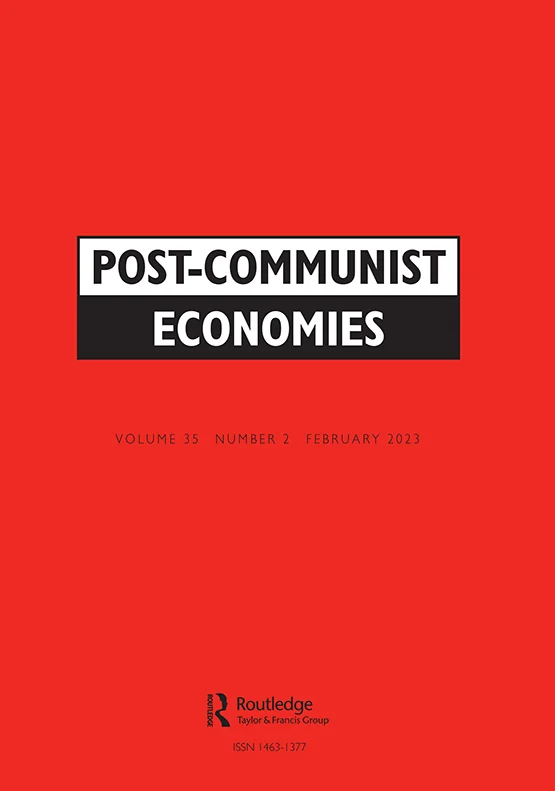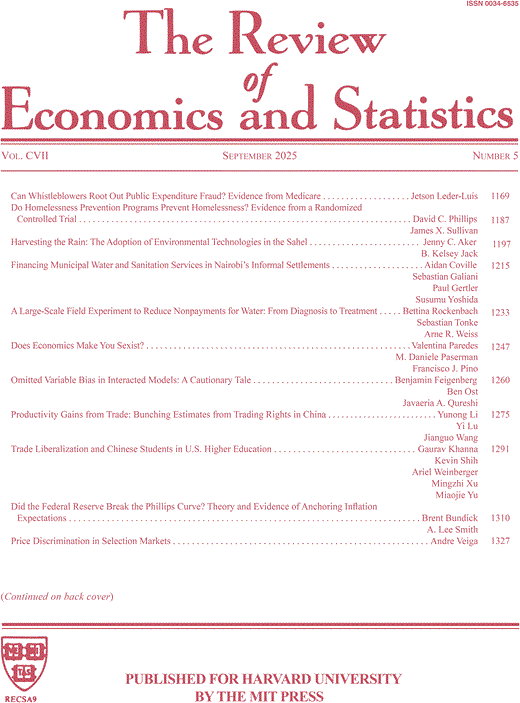Gyöngyösi Győző
Household Debt Relief and the Debt Laffer Curve

Absztrakt:
Debt relief programs are often implemented in debt crises to reduce debt overhang and promote economic recovery. If debt overhang is severe, then debt relief can even benefit creditors by increasing repayment. This paper studies the impact of a large-scale household debt relief program in Hungary that reduced outstanding debt burdens by 20\% for over 600,000 housing loans. Using regression discontinuity and difference-in- differences research designs, we find that debt relief persistently lowered default rates, especially for heavily indebted borrowers. We estimate the Debt Laffer Curve, which relates the net present value of debt to its face value, and find that it is hump-shaped, inverting for high levels of indebtedness. Debt relief generates an increase in labor income that accounts for part of the increase in repayment rates. A structural model of household debt and default can account for these patterns.
Az előadásra hibrid formában kerül sor zoom felületen, illetve személyesen kivételesen most a földszinti K13-14-es szemináriumi szobában 2023.10.19-én, 13.00 órától.









